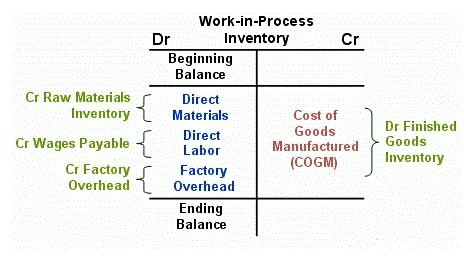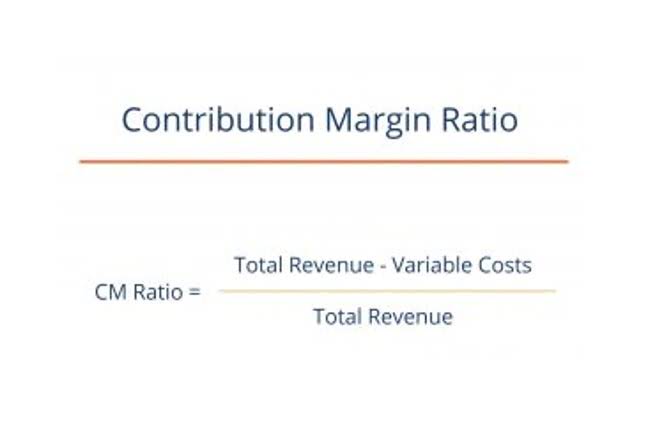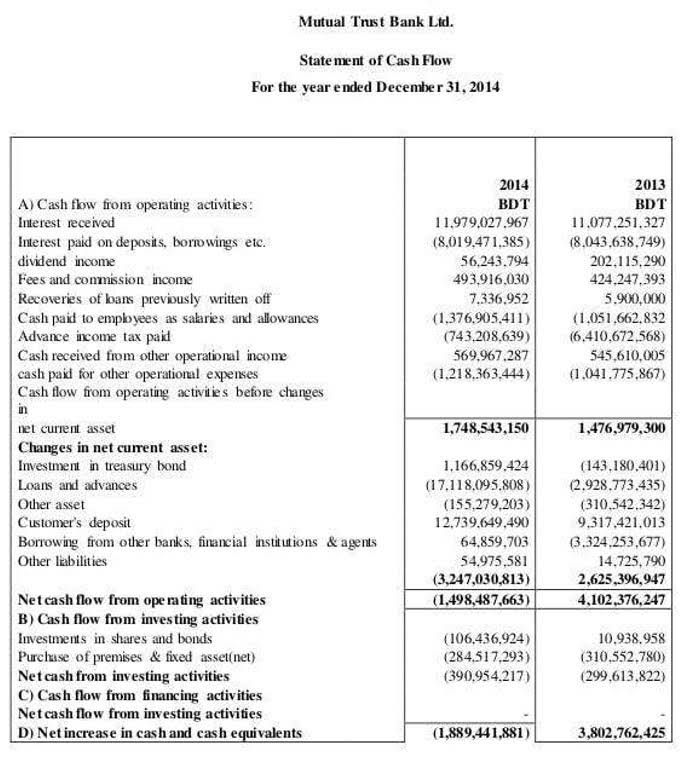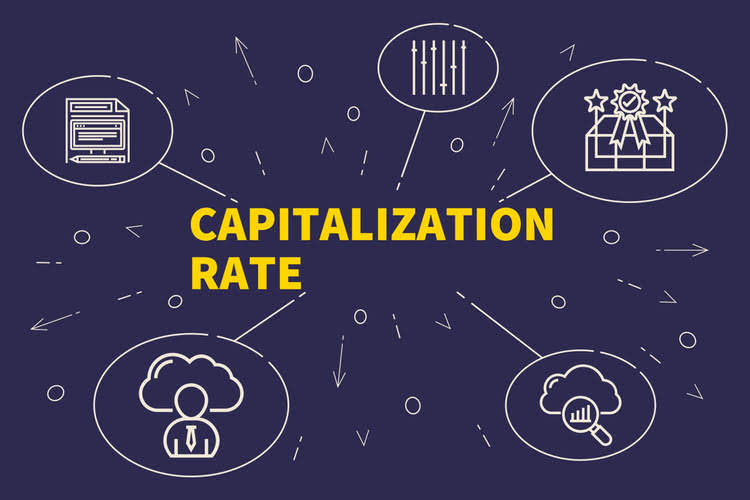In the past year, he sold $200,000 worth of textbook sets that had a total variable cost of $80,000. Thus, Dobson Books Company suffered a loss of $30,000 during the previous year. Say, your business manufactures 100 units of umbrellas incurring a total variable cost of $500. Accordingly, the Contribution Margin Per Unit of Umbrella would be as follows. Contribution margin is used to plan the overall cost and selling price for your products. Further, it also helps in determining profit generated through selling your products.
Contribution Per Unit Example
A key characteristic of the contribution margin is that it remains fixed on a per unit basis irrespective of the number of units manufactured or sold. On the other hand, the net profit per unit may increase/decrease non-linearly with the number of units sold as it includes the fixed costs. Fixed cost are costs that are incurred independent of how much is sold or produced. Buying items such as machinery are a typical example of a fixed cost, specifically a one-time fixed cost. Regardless of how much it is used and how many units are sold, its costs remains the same.
Profitability, Contribution Margin and CSR
The Revenue is the sales made from all coffees sold in March which is $10,000. To explore this further, let’s use an example of your local cafe trying to measure the contribution margin of a cup of coffee for the month of March. It sounds like some technical jargon that your accountant may throw at you, but it’s actually quite simple to measure and understand. Hovering at the heart of financial stability lies the Debt-Service Coverage Ratio (DSCR), a crucial metric with implications that demand exploration.
How To Calculate the Contribution Margin Ratio
From this perspective, it’s evident that a careful balance must be struck. Financially, a company needs to ensure that its contribution margin allows enough profitability to sustain both its operations and any CSR activities it undertakes. Ethically, a company should responsibly manage its contribution margins to ensure it can satisfactorily meet its social responsibilities without jeopardizing its operations. Conversely, a lower contribution margin may limit a company’s ability to allocate resources towards CSR strategies. For example, a low contribution margin alongside large projected sales could indicate that increasing sales volume won’t necessarily lead to the significant profit leaps that one might initially assume. Conversely, a high contribution margin and modest sales projections might suggest that even a slight improvement in sales could result in substantial profit growth, making efforts to increase sales a worthy investment.
On the contrary, a premium pricing approach brings higher prices, yielding a higher contribution margin per unit. Yet, the risk here pertains to a possible reduction in sales volume due to the high prices, which would then reduce the total contribution margin. However, in the real world, price changes can affect the number of units sold. When prices increase, demand could potentially decrease, which could then lower the total contribution margin. Conversely, if prices decrease, the contribution margin per unit also decreases, but demand might increase, potentially raising the total contribution margin. Use lower-priced packaging materials and turn off your machinery overnight to save electricity costs.
The overarching objective of calculating the contribution margin is to figure out how to improve operating efficiency by lowering each product’s variable costs, which collectively contributes to higher profitability. To calculate the contribution margin, we must deduct the variable cost per unit from the price per unit. Assume your drink bottling business has $300,000 in fixed costs, which are costs that do not vary with the level of production. Common examples of fixed costs include salaried employees, lease or rent payments, and insurance premiums. A surgical suite can schedule itself efficiently but fail to have a positive contribution margin if many surgeons are slow, use too many instruments or expensive implants, etc. The contribution margin per hour of OR time is the hospital revenue generated by a surgical case, less all the hospitalization variable labor and supply costs.
For League Recreation’s Product A, a premium baseball, the selling price per unit is $8.00. Calculate contribution margin for the overall business, for each product, and as a contribution margin ratio. Calculations with given assumptions follow in the Examples of Contribution Margin section. The analysis of the contribution margin facilitates a more in-depth, granular understanding of a company’s unit economics (and cost structure). The contribution margin can also be used to quickly determine the number of units a firm needs to sell to achieve a target operating profit.
However a low contribution margin product may be deemed as a sufficient outcome if it uses very little resources of the company to produce and is a high volume sale product. Variable costs are all the direct costs that contribute to producing that delicious cup of coffee for the customer. This may include items such as coffee beans, water, milk, disposable cups, and labor costs which total $4,000.
While there are various profitability metrics – ranging from the gross margin down to the net profit margin – the contribution margin (CM) metric stands out for the analysis of a specific product or service. The Contribution Margin is the revenue from a product minus direct variable costs, which results in the incremental profit earned on each unit of product sold. You can calculate the contribution margin for individual products, called unit contribution margin, or for the entire business, which is called total or gross contribution margin. When a company is deciding on the price of selling a product, contribution margin is frequently used as a reference for analysis.
A subcategory of fixed costs is overhead costs that are allocated in GAAP accounting to inventory and cost of goods sold. This allocation of fixed overhead isn’t done for internal analysis of contribution margin. On the other hand, the gross margin metric is a profitability measure that is inclusive of all products and services offered by the company. For a quick example to illustrate the concept, suppose there is an e-commerce retailer selling t-shirts online for $25.00 with variable costs of $10.00 per unit. The primary difference is fixed overhead is included in cost of goods sold, while fixed overhead is not considered in the calculation for contribution margin.
Both product lines are delivering value for the café with relatively high margins, but higher profits could be achieved if the café focused on selling a higher number of muffins. By considering your contribution margin at CM1,CM2 and CM3 levels, you will also understand where you lose contribution. Consider, for example, that companies https://www.bookkeeping-reviews.com/ with a high contribution margin may choose CSR strategies such as funding community projects, improving working conditions or investing in renewable energies. Implementing these initiatives may result in higher costs in the short term, but they could also serve to ensure the company’s longevity and continued profitability.
Important NoticeThe information contained in this article is general in nature and you should consider whether the information is appropriate to your needs. Legal and other matters referred to in this article are of a general nature only and are based on Deputy’s interpretation of laws existing at the time and should not be relied on in place of professional advice. Reducing cost can be the most difficult option as it will most likely mean labor reduction or negotiating to spend less with your suppliers.
Contribution margin is a measurement of what remains after subtracting variable costs from sales revenue. Cost accountants, FP&A analysts, and the company’s management team should use the contribution margin formula. CM is used to measure product profitability, set selling prices, decide whether to introduce a new product, discontinue selling a product, or accept potential customer orders with non-standard pricing. Typical variable costs include direct material costs, production labor costs, shipping supplies, and sales commissions. Fixed costs include periodic fixed expenses for facilities rent, equipment leases, insurance, utilities, general & administrative (G&A) expenses, research & development (R&D), and depreciation of equipment.
- While these costs interact differently with the contribution margin, they both play an influential role in a company’s financial performance.
- The contribution margin is calculated by subtracting variable costs from revenue, then dividing the result by revenue, or (revenue – variable costs) / revenue.
- Thus, you will need to scan the income statement for variable costs and tally the list.
- The contribution margin ratio refers to the difference between your sales and variable expenses expressed as a percentage.
Net sales is determined by taking total gross revenue and deducting residual sale activity such as customer returns, product discounts, or product recalls. Cost of goods sold is the sum of the raw materials, labor, and overhead attributed to each product. Inventory (and by extension cost of goods sold) must be calculated using the absorption costing method as required by generally accepted accounting principles (GAAP). It is important to assess the contribution margin for break-even or target income analysis. The target number of units that need to be sold in order for the business to break even is determined by dividing the fixed costs by the contribution margin per unit. Based on the contribution margin formula, there are two ways for a company to increase its contribution margins; They can find ways to increase revenues, or they can reduce their variable costs.
In practice, finding this balance can be a complex task and often involves market research, experimentation, and the use of pricing analytics tools. Each company must find its optimal pricing strategy considering not only its costs and desired profit margin but also market factors and competitor pricing. 11 Financial is a registered investment adviser located in Lufkin, Texas. 11 Financial may only transact business in those states in which it is registered, or qualifies for an exemption or exclusion from registration requirements. 11 Financial’s website is limited to the dissemination of general information pertaining to its advisory services, together with access to additional investment-related information, publications, and links. There is no definitive answer to this question, as it will vary depending on the specific business and its operating costs.
The variable costs to produce the baseball include direct raw materials, direct labor, and other direct production costs that vary with volume. Calculating contribution margin (the difference between sales revenue and variable costs) is an effective financial analysis tool for making strategic business decisions. Similarly, we can then calculate the variable cost per unit by dividing the total variable costs by the number of products sold. To calculate the unit contribution margin, you subtract the variable costs per unit from the selling price per unit. Yes, contribution margin will be equal to or higher than gross margin because gross margin includes fixed overhead costs.
Given how the CM examines the product-level breakdown of each dollar that comes in and how it contributes to generating profit, the break-even point (BEP) cannot be calculated without determining the CM. The companies that operate near peak operating efficiency are far more likely to obtain an economic moat, contributing toward the long-term generation of sustainable profits. Variable costs tend to represent expenses such as materials, shipping, and marketing, Companies can reduce these costs by identifying alternatives, such as using cheaper materials or alternative shipping providers. Running a business is a constant juggle, but here’s a really important ingredient to help you identify what is actually profitable in your business — contribution margin.
Hold on to understand how duration in fixed income investing measures risk exposure to interest rate changes and aids in optimizing returns. The contribution margin of a company can also impact its approach to sustainable supply chain management. A robust contribution margin may foster a willing investment in a supply chain conforming to sustainability norms, even if they entail higher costs.
This example highlights how businesses can tweak and package products to influence sales while still maximizing contribution margins. Because of the revenue recognition principle, contribution margin applies equally whether your business sells directly to customers or is sold through partners. For example, suppose your company manufactures and sells 1 million claim for reimbursement for expenditures on official business bottles of a drink, each at $1.50 with $1 in variable costs. Sales equals 1 million bottles multiplied by $1.50 each, which comes to $1.5 million. Total variable cost equals $1 per bottle multiplied by the 1 million bottles, which comes to $1 million. The total or gross contribution margin is $1.5 million minus $1 million, which equals $500,000.
Alternatively, contribution margin is often more accessible and useful on a per-unit or per-product basis. A company will be more interested in knowing how much profit for each unit can be used to cover fixed costs as this will directly impact what product lines are kept. Analyzing contribution margin helps in optimizing revenues by increasing sales or reducing variable costs, ensuring efficient utilization of resources and enhancing overall profitability. There is a direct link between cost management and the profitability of a service or product. Reducing either variable or fixed costs (or both) will ultimately improve a company’s earnings.
Further, contribution margin analysis can help when evaluating cost-cutting strategies. A reduced contribution margin might signal that variable costs are too high, prompting a review of supplier contracts or production processes. If you can’t find anywhere to cut your variable costs, you can always increase your prices to give your contribution margin a little boost. Be mindful of staying competitive, but don’t be afraid of bumping up your prices to see how it impacts your bottom line.
Management should also use different variations of the CM formula to analyze departments and product lines on a trending basis like the following. The Ascent is a Motley Fool service that rates and reviews essential products for your everyday money matters. We’re firm believers in the Golden Rule, which is why editorial opinions are ours alone and have not been previously reviewed, approved, or endorsed by included advertisers. The Ascent, a Motley Fool service, does not cover all offers on the market. With all this information, she can determine her average sales needs by day, week, and month as well as per service. With the reality of these numbers, she’d want to optimize contribution by dedicating more space for and pushing sales for more grilled cheeses.
Similar to contribution margin, a good gross margin highly depends on the company, industry, and and product. For example, the state of Massachusetts claims food retailers earn a gross margin around 20%, while specialty retailers earn a gross margin up to 60%. The contribution margin ratio is calculated as (Revenue – Variable Costs) / Revenue. In summary, while both indicators give an understanding of profitability, they do so from different angles, thus offering different insights. It’s essential for businesses to understand and utilize both for effective decision-making. The contribution margin ratio represents the marginal benefit of producing one more unit.
It is calculated as the selling price per unit, minus the variable cost per unit. In other words, it signifies the ‘contribution’ each unit of a product makes to the company’s profits once the variable costs – costs that change in proportion to the volume of goods produced – have been covered. The contribution margin is important because it helps your business determine whether selling prices at least cover variable costs that change depending on the activity level.
This resulting margin indicates the amount of money available with your business to pay for its fixed expenses and earn profit. The contribution margin formula is calculated by subtracting total variable costs from net sales revenue. More specifically, using contribution margin, your business can make new product decisions, properly price products, and discontinue selling unprofitable products that don’t at least cover variable costs. The business can also use its contribution margin analysis to set sales commissions. Contribution margin is the revenue that is generated beyond what is necessary to cover the variable costs of production, such as materials and non-salaried labor costs.







